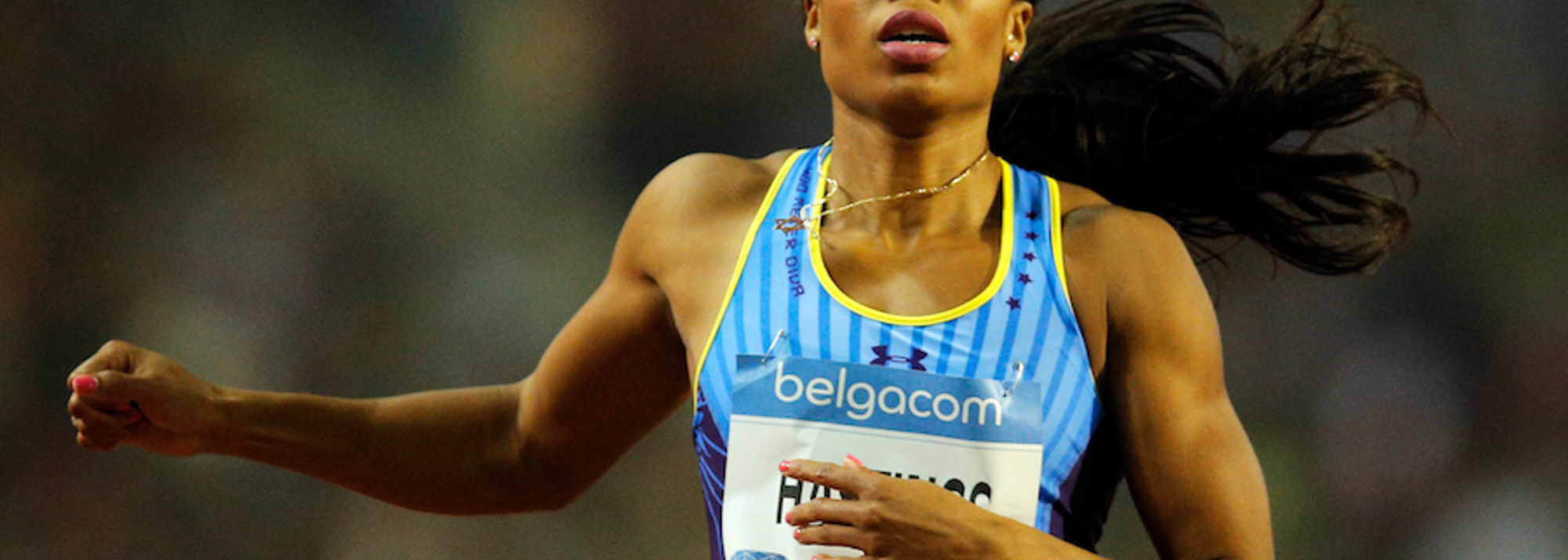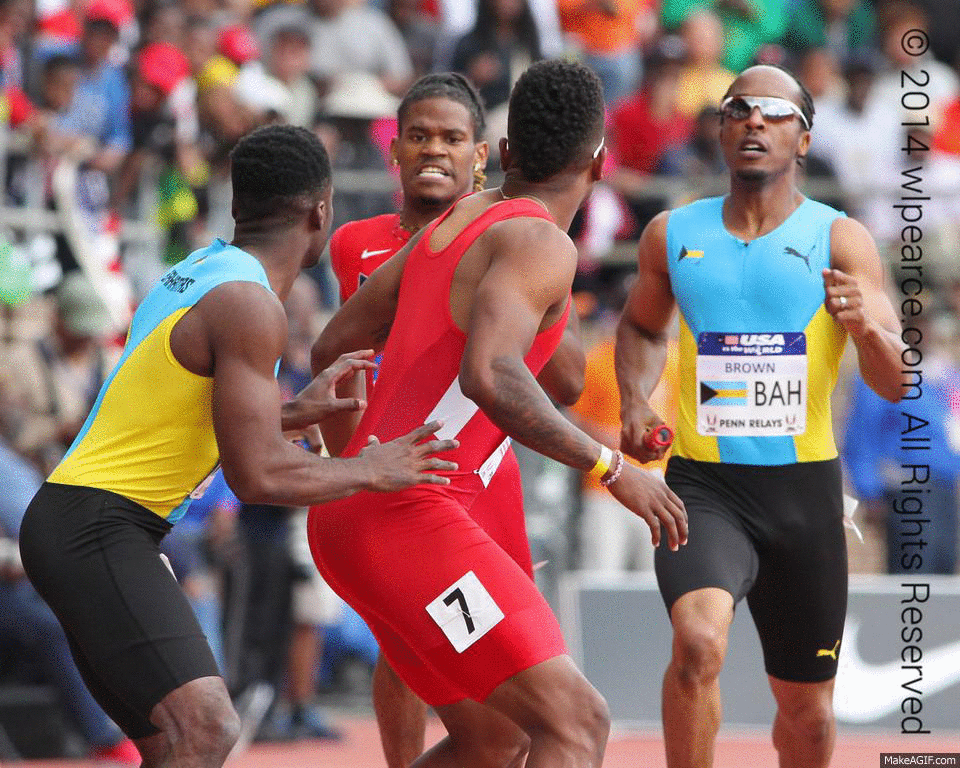Natasha Hastings
Few athletes can know as much about “the long relay” as Natasha Hastings. SPIKES gets the 411 on the 4x400m.
Leg one: pressure
“The first leg is probably the most nerve-wracking of the four. It is the pressure leg, because ultimately as a first leg runner the onus is on you to set up the rest of the team for a good race.
“The opening athlete on a 4x400m team also faces the pressure of trying to avoid false starting. It is the leg that most closely replicates an individual 400m, run in lanes for the entire distance.”
Leg two: shaping up
“At international level, all the athletes at major competitions are in tip-top shape and the pattern of the race often starts to develop on the second leg.
“Outdoors, the break-out of lanes happens at the beginning of the back straight of leg two, so it often pays to put one of your faster runners on the second leg, in an effort to establish a good early rhythm and potentially pull clear of trouble at the break.
“Second leg is then all about setting up the team for the latter half of the race.”
Getting it done: Hastings (second from left) celebrates another relay gold.
Leg three: pivotal
“In many ways the third leg is the pivotal leg of the race. The job is either to hold on and maintain a position, or potentially try and rescue the team from a difficult position.
“The third leg is often the one where you will see teams take more of a risk in terms of their strategy. Often teams may opt to put either their weakest or maybe their strongest athletes in this position.
“I think it is pivotal because when the baton is passed on to the anchor, only 50 seconds of the race remain.”
Leg four: the anchor
“Anchor comes with so many responsibilities. Even watching the first three legs unfold is nerve-wracking. You can experience a tonne of emotions. It is important to control your emotions and focus.
“The number one priority of an anchor leg runner is: do not mess up! Try not to do anything to jeopardise your chances of winning because of the pressure and excitement. If you are within striking distance, I would recommend a patient approach.”
Pass that baton!
Before Natasha explains how it's done, here's an example of how it can go wrong!
Penned in: old rivals USA and the Bahamas getting mixed up in April.
“I think as a 4x400m runner, it is important not to over-think this element. Jostling and bumping happen, but when waiting to take the baton: don't overanalyse or become too pre-occupied with this.
“Look into the eyes of the incoming runner. If you do this you will know if they are struggling, and you can adjust the body position and your hand to help them.”





